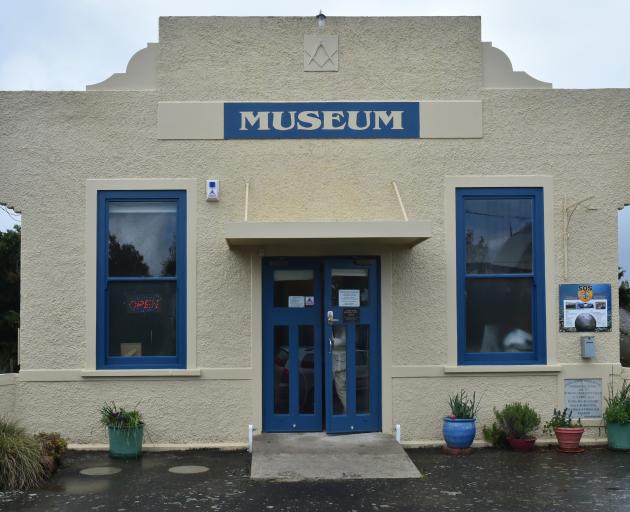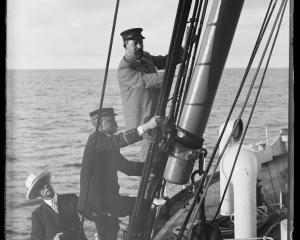
Middlemarch lies in a quiet pastoral valley of rare rocky beauty, and its small museum reflects the history of its farming and domestic life.
The Middlemarch Museum collection includes everything from historic farm equipment to a gold mining submarine, but it is perhaps its glimpse of the everyday lives of those long gone, through the items they owned and used, that makes the museum special.
Surveyor Charles Kettle first sighted Strath Taieri from the summit of Maungatua in 1847, and was impressed by its potential for farming.

In those days, according to a display at the museum, prospective farmers merely rode until they had passed any occupied land, marked off an area, then returned to town to organise a lease.

But European settlers, of course, were not the first to arrive in the area.
The museum has a good collection of Maori artefacts, and information with the display says evidence suggested Maori visited, but did not have permanent dwellings in the Strath Taieri.
They did, however, access silcrete, formed when surface sand and gravel are cemented by dissolved silica.
The silcrete was mined from a quarry at nearby Nenthorn to use to make tools.
The margins of the southern and eastern hills had yielded most of the artefacts, perhaps from trails leading to the Great Moss Swamp 20km west of Sutton, or to Central Otago.
In the 125th year since women's suffrage, the museum includes a display on the region's response.
While the suffrage petition that led to votes for women did not travel to Middlemarch, 150 women signed on to the first electoral roll in 1896.
A list of 22 of those women show three list their occupations as wife, one as a costumer, and the rest as either housekeeper, household duties or domestic duties.

The Daisy manual vacuum cleaner required two people to use it, one turning a handle that operated two bellows inside its wooden casing, and another to use the attached hose to clean the house.
The dust was collected in a cotton bag within the machine.
Outside the museum is the much publicised Platypus submarine.
The craft was built in Dunedin in 1873 to mine gold from Otago river beds.
When the vessel was launched the same year, the machinery inside included pumps powered by paddle wheels, ballast tanks allowing the vessel to sink and rise, a hatch on top to let submariners in, and a hatch on the bottom to provide access to the riverbed.
It is intended, once the submarine is preserved, to exhibit it in a structure built outside the museum.
Already in place behind the museum are two rail carriages set up as they once were, complete with a dog box - its purpose quite literal - which allowed canines their own spot on the train. The carriages reflect the history of the line that still runs to Middlemarch.
Much of the region's life since it was populated has revolved around farming. There is an extensive collection of farm implements and horse-drawn machines with an impressively arcane nomenclature.
No visit to the museum would be complete without some quiet time with the Boothmac Cultivator, a horse-drawn grubber for cultivating ground, the forged scuffler and Planet Junior scuffler, and just for good measure, the harrow cart.
Opening hours
October to January: Friday-Sunday Noon-2 pm.
February to April: Wednesday-Sunday Noon-3pm
While you’re there
- Cycle on the Otago Central Rail Trail, which begins (or ends) in Middlemarch.
- Walk on the Rock and Pillar Range, steep but truly amazing.
- Visit Sutton Salt Lake. Nestled among tors, grassland and tussock, it is New Zealand’s only salt lake entirely filled by rainwater.












